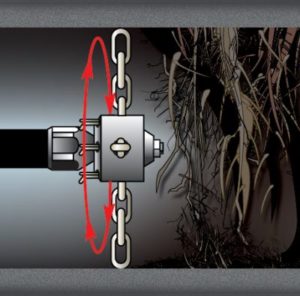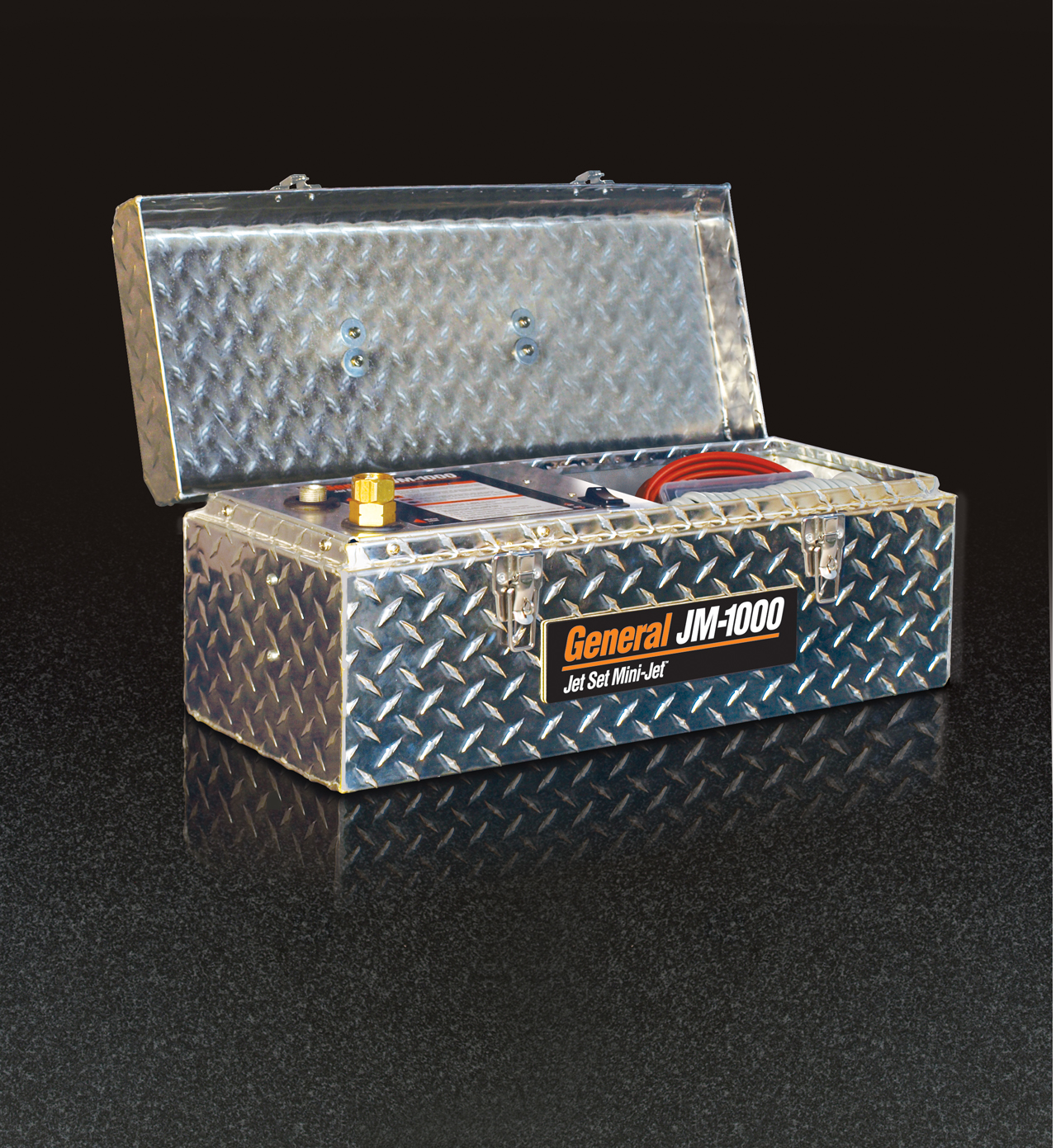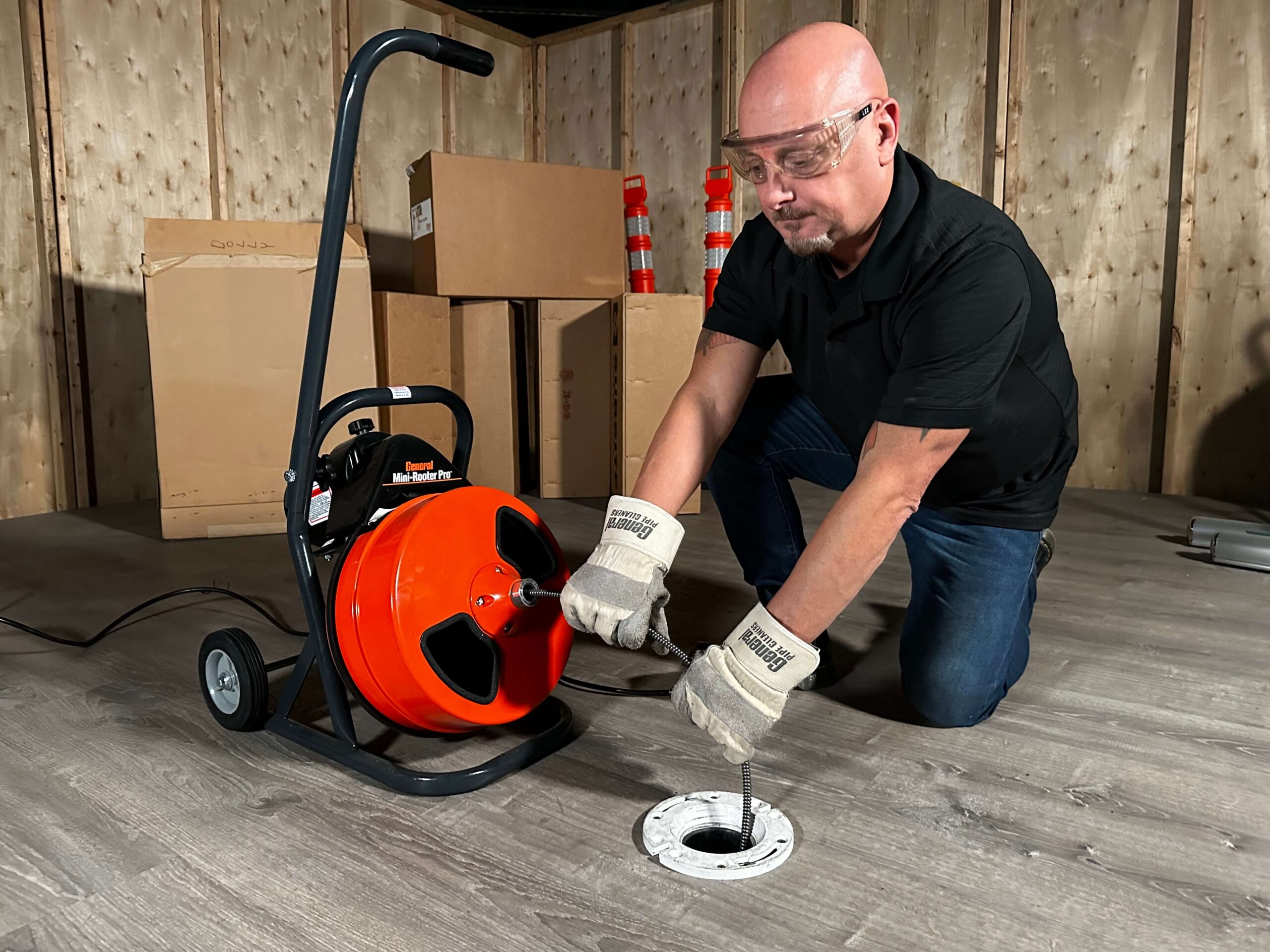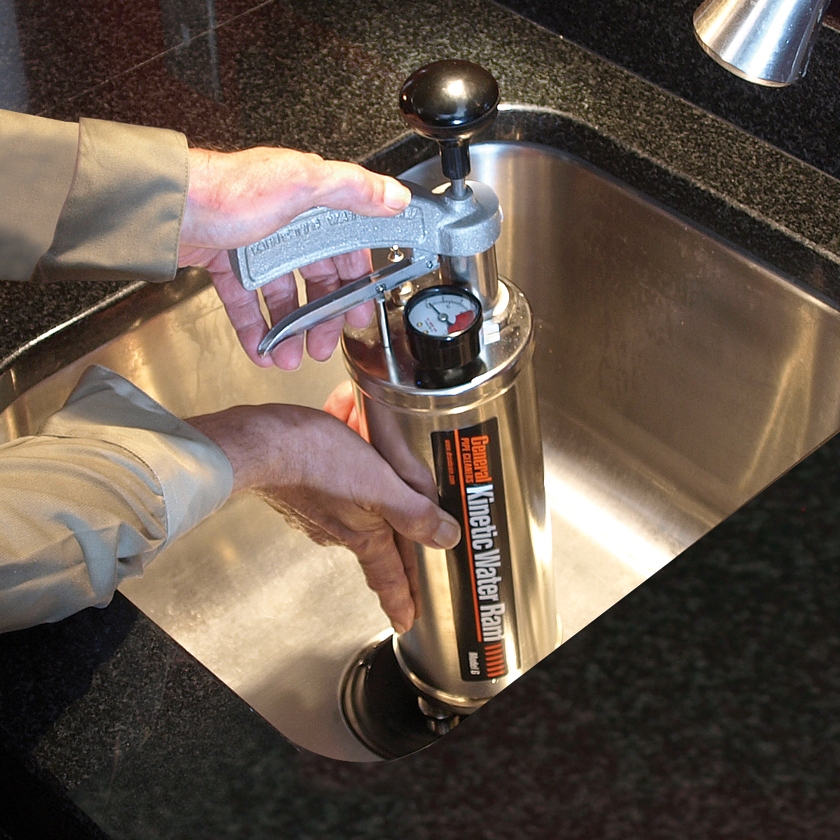Picking the right machine is only half the job. The cutter you put on the end of the cable determines how quickly you clear the line, how much you remove from the pipe wall, and whether you will need to return for the same issue next week. Use the clog in front of you to drive the choice, not habit. Here is a simple guide you can use on the truck.
Small sinks and tubs
Tight bends and traps call for smaller, flexible starters. A boring gimlet or arrowhead is a smart first move because it finds the path and starts the flow without abusing the cable. If the line geometry is fussy, switch to a down-head boring gimlet or a flexible arrowhead so the tool follows the pipe instead of ramming a wall. You can also add a down-head fitting between the connector and the cutter to make most heads track more naturally.
Retrieving loose objects
Sometimes the job is rescue, not cutting. A retrieval head with a cone-style spring is designed to hook rings, toys, and other objects without shredding them. Once it grabs, stop rotation and pull the cable out by hand. Spinning can throw your catch back into the line.
Cutting tree roots
Open the line first, then remove what is on the wall. Start with a smaller cutter such as a spear head or 2 inch U-Cutter to re-establish flow. Then step up to a heavy-duty saw blade, a root ripper, or a ClogChopper® to shave remaining intrusions off the pipe wall. Work steadily. Forcing a large head at speed only increases the chance of getting stuck or kinking the cable.
Grease and ice
Use a water jet. Jetters emulsify and flush grease and even ice far more completely than a cable can. If a thin film remains after jetting, a quick finishing pass with a light cutter can polish the wall, but the jet is the leading solution.
A simple technique that protects your cable
Match the cutter to the cable size, take controlled bites, and let the tool do the work. Advancing slowly through the obstruction clears more on the first pass and lowers the risk of cable damage. Quick inspections and a light oil after the job keep cutters ready for the next call.
Drainage Cleaning: Common Questions Answered
1. What is the best cutter for general drainage cleaning jobs?
For everyday drainage cleaning tasks, U-Cutters are a reliable option. They handle common clogs, such as roots or blockages, and are available in multiple sizes to fit different pipe diameters.
2. Can I use the same cutter for all types of drainage cleaning?
No. Different clogs require specific cutters. For example, grease often requires a Spider Cutter™, while tree roots are best managed with a ClogChopper® or a saw-tooth blade. Matching the cutter to the problem saves time and protects your equipment.
3. How do I choose the right drainage cleaning tool for small drains?
For sinks and tubs with smaller lines, flexible cutters like a boring gimlet or arrowhead work best. They can navigate tight bends and traps without damaging the cable.
4. What cutter works best for tough drainage cleaning jobs like tree roots?
Start with a smaller tool, such as a spearhead or 2″ U-Cutter, to restore some flow. Then switch to a heavy-duty cutter like the ClogChopper® or saw-tooth blade to thoroughly cut through root intrusions.
5. How can I extend the life of my drainage cleaning cutters?
Inspect cutters regularly, match the cutter size to the cable, and avoid forcing the tool. After each job, clean and oil the cutters, then store them in a dry place to prevent rust and wear.
Contact the Drain Brains® by calling General Pipe Cleaners at 800-245-6200
Visit our website, drainbrain.com or email [email protected].





